Search Images
Browse Content (p. 1319)
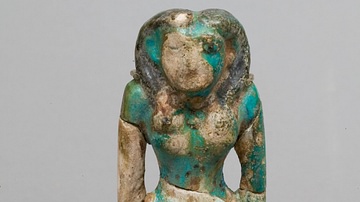
Image
Egyptian Tattooed Figurine
A female figurine showing tattoos. Faience, Egypt, Middle Kingdom, 12th Dynasty, 1850-1640 BCE. (Metropolitan Museum of Art, New York)
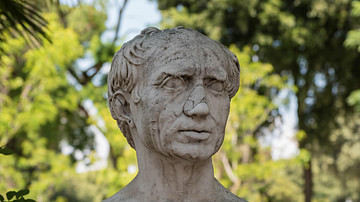
Image
Gaius Marius
Bust of Gaius Marius (c. 157-86 BCE), Villa Borghese, Rome.
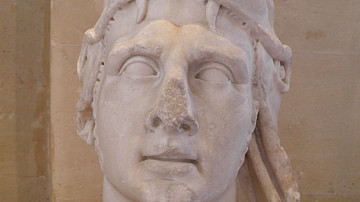
Image
Mithridates VI Eupator of Pontus
Mithridates VI Eupator, king of Pontus (120–63 BCE), as Heracles, 1st century CE, Louvre Museum
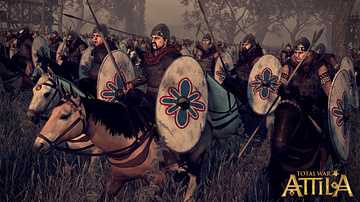
Image
Visigoth Warriors
An artist's impression of how Visigoth warriors may have appeared in the 5th century CE.
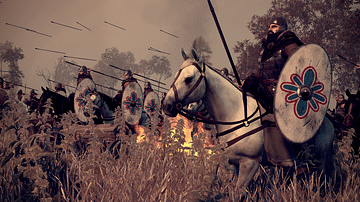
Image
Visigoth warriors
An artist's impression of how Visigoth warriors may have looked in the 5th century CE.
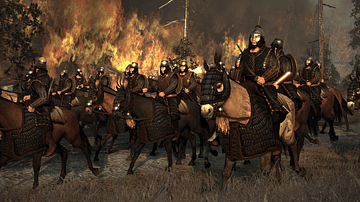
Image
Army of Attila the Hun
An artist's impression of how the armies of Attila the Hun (r. 434-453 CE) may have looked.
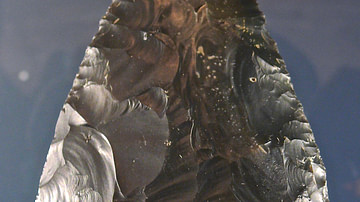
Image
Middle Palaeolithic Hand Axe
Hand axe from the site of Lyndford Quarry (near Mundford, Norfolk, UK), which dates to around 60,000 years ago and falls within the Middle Palaeolithic industry.
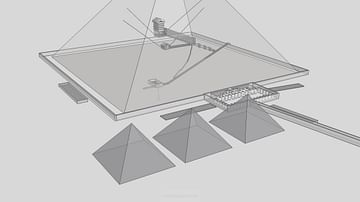
Image
Interior Design, Great Pyramid of Giza
The interior design of the Great Pyramid of Giza, built during the reign of the king Khufu (2589-2566 BCE, also known as Cheops) of the 4th Dynasty, Egypt.
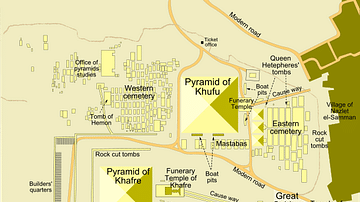
Image
Map of the Monuments at Giza
A map illustrating the key monuments at Giza, Egypt.
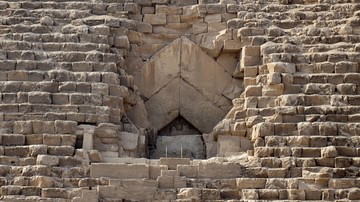
Image
Entrance Passage, Great Pyramid of Giza
One of the entrance passages to the Great Pyramid of Giza, built during the reign of the king Khufu (2589-2566 BCE, also known as Cheops) of the 4th Dynasty, Egypt.